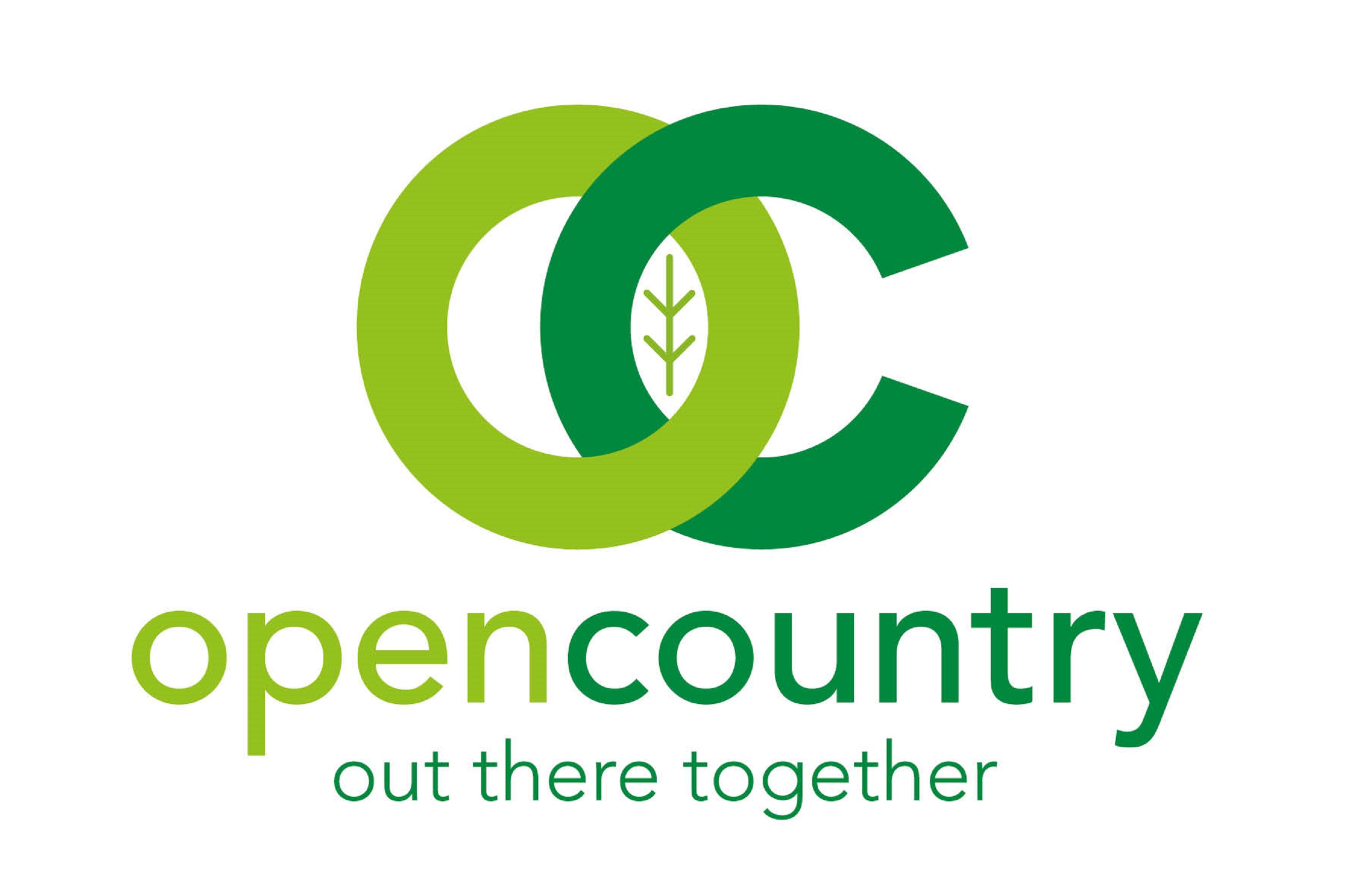Hello and a warm welcome to the very first Wild Things blog, where we will share updates from our Wakefield Wild Things group and wildlife updates throughout the year.
We have been busy sowing wildflower seeds. You may be wondering why we would sow seeds just before winter creeps in. Despite the cooler weather, our polytunnel isn’t too cold yet; but for some seeds, a bit of cold is really important.
A seed is made up of three main parts. A small embryo is a part that will grow into the plant. A food store has all the nutrients to feed the plant before it grows roots large enough roots and a protective seed coat to keep water and nutrients securely inside the seed.
The cold, combined with moisture from water, provide the conditions for stratification; which begins to break down the seed coat thus starting the germination process. This skill allows it to wait until the right time of year to start to grow. It’s why we get wildflowers that bloom in spring and summer.
Lots of seeds can last for a very long time by going dormant. This skill allows the seeds to know what time of the year to start growing and allows us to perfectly time out planted seeds so they can go out into meadows and gardens ready for the insects to feast. It also explains why after very cold autumn and warm spring we get flowers that bloom earlier in the year like an internal clock.
We have been planting corncockle, corn marigolds, cornflower, red clover and oxeye daisies to name but a few. These species are great for bees, butterflies and birds and, mixed with grasses, can form a perfect meadow starter kit.
While some of the smaller seeds were fiddly to plant out, our members have loved seeing them grow over the last few weeks as they emerge. Now they have sprouted their growth will slow as we move into the cooler months.
These will be sold this coming spring to help maintain and develop more meadows and green corridors at various sites.
If you are interested in purchasing some wildflowers please get in touch!


Recent Comments